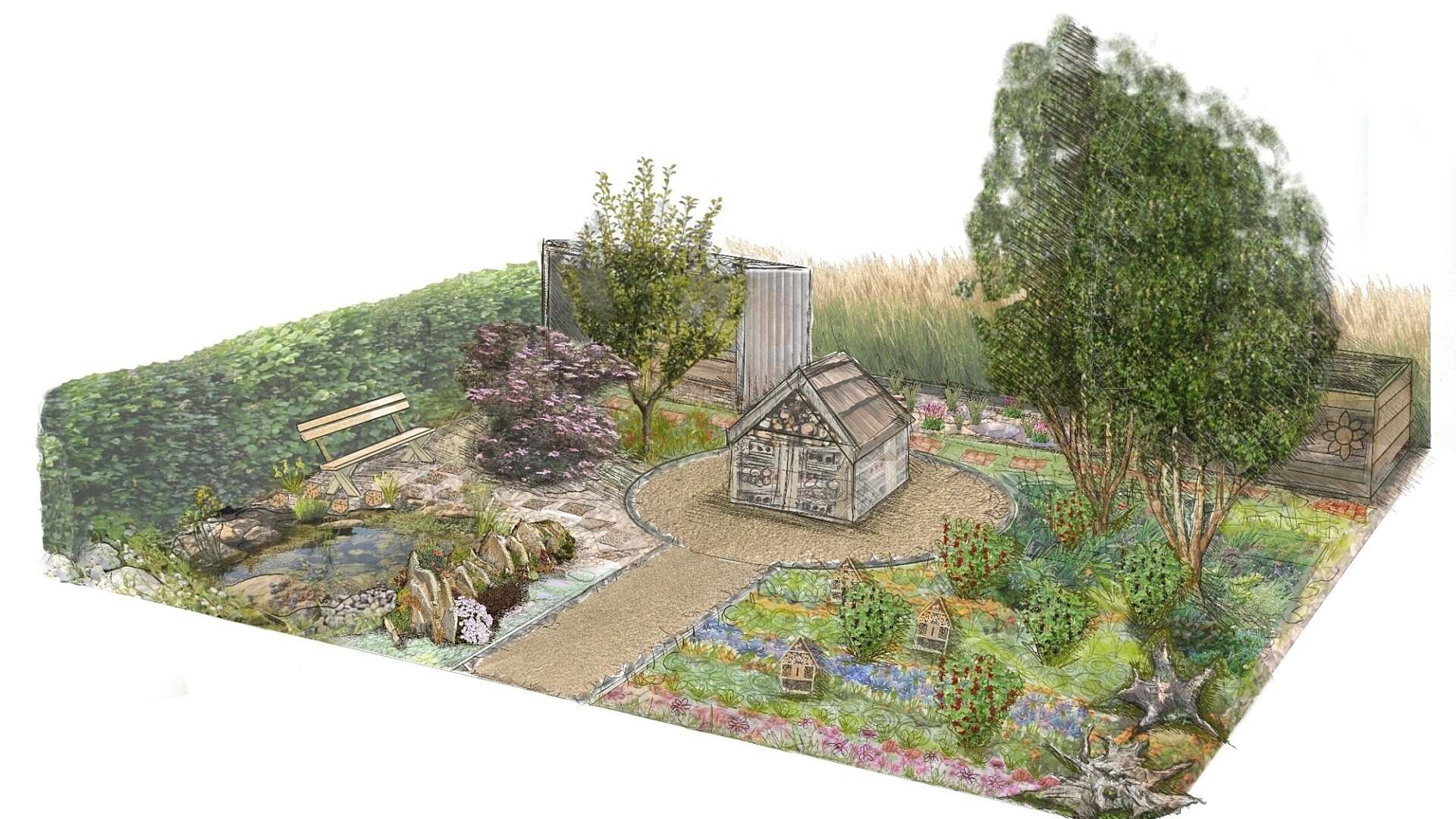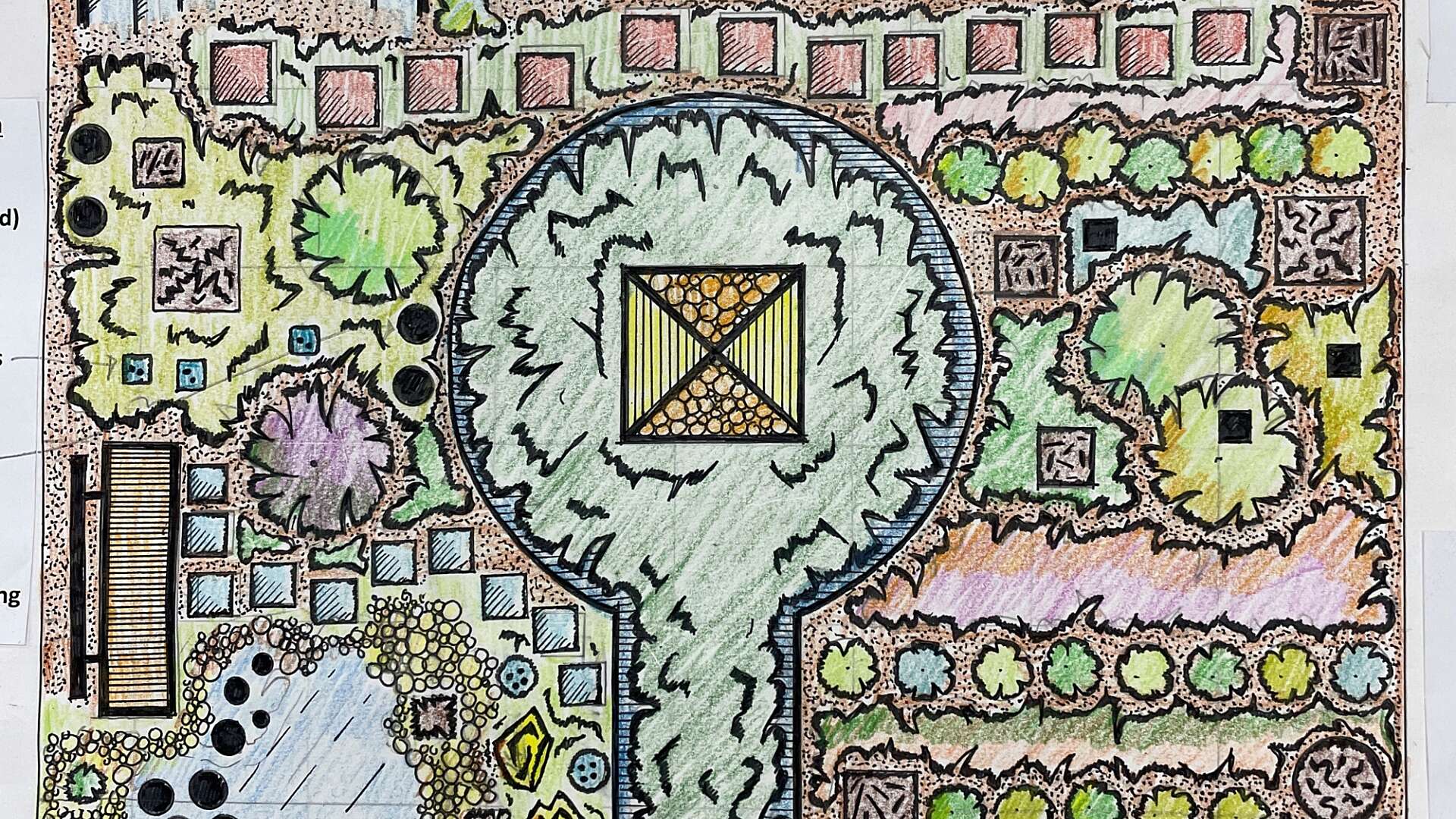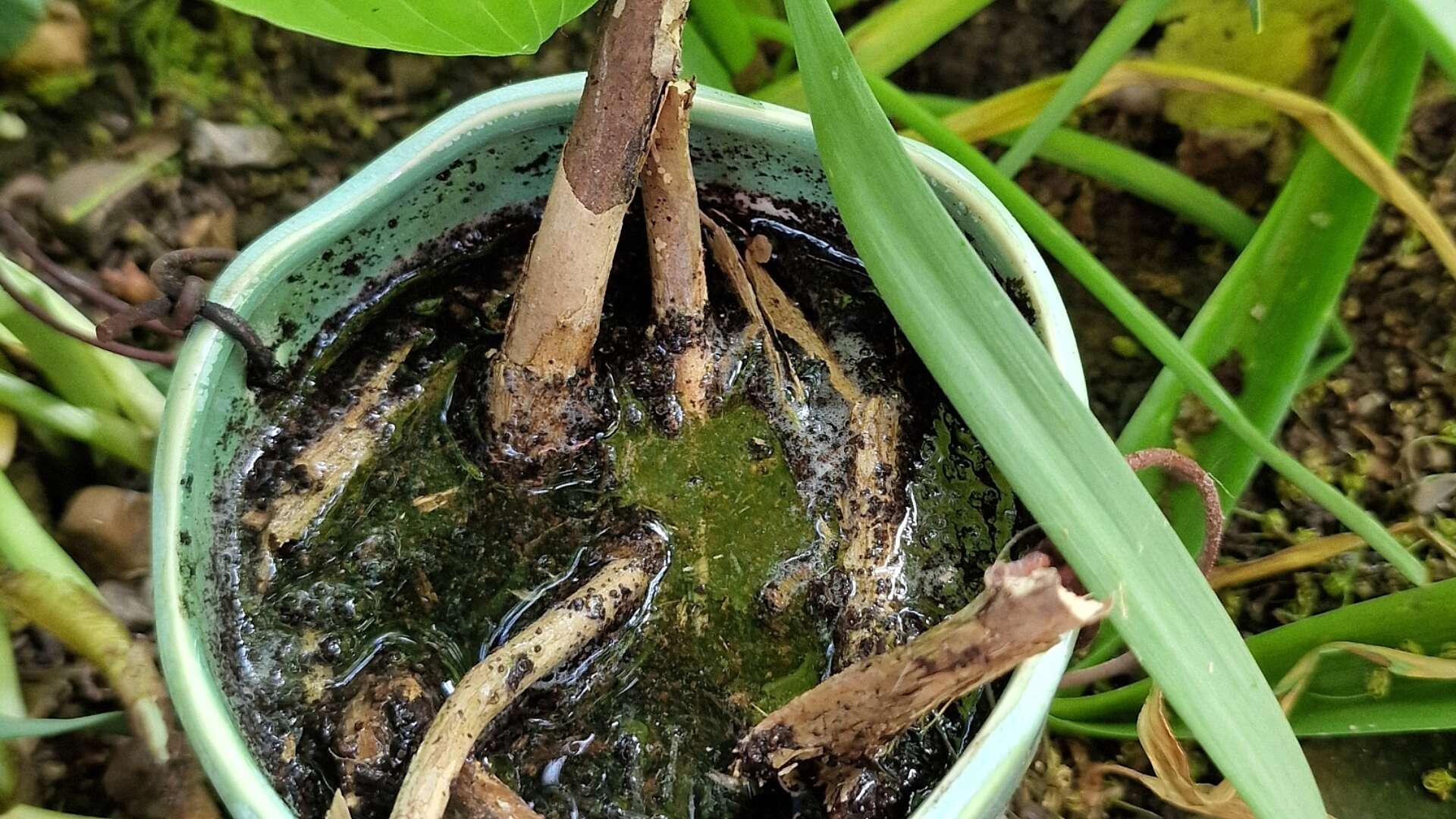Nature and nourishment at our Gardeners' World Live show garden

We’re excited to be unveiling a new garden at BBC Gardeners' World Live this summer - which shows how you can combine food and nature in one growing space.
Our head gardener Emma O'Neill and head of organic horticulture Chris Collins designed the garden, sponsored by green mobile network Ecotalk, to showcase how diversely planted kitchen gardens can buffer the biodiversity crisis. Based around our research paper, Every Garden Matters, the specially designed show garden illustrates easy ways to maximise wildlife and manage water while growing your own food.
Every Garden Matters - a blueprint for boosting backyard biodiversity focuses on the often-overlooked potential of urban balconies, back gardens, allotments and community growing spaces. With wildlife declining by 73% in 50 years, these green spaces are a vital link to nature and act as dispersal corridors for wildlife to find food, shelter and breed.
Ecotalk Rooted in Nature highlights
Central to our show garden is a vegetable patch, packed with diverse heritage vegetables from our Heritage Seed Library, including four different types of heirloom pea and beetroot, and an array of colourful leaves. These are intermingled with companion flowers such as snapdragons, marigold, nigella and herbs – showing gardeners attractive ways to bring in vital pollinators while reducing ‘pest’ insects and the need for pesticides.
The Ecotalk Rooted in Nature garden also features a rain garden, which mimics the natural action of a forest or meadow by capturing rainwater in a plant-filled ditch. Fed from guttering, the rain garden demonstrates how gardeners can slowly divert and release water, helping to reduce the effects of flooding, soil erosion and drought.
And insect habitats are also a key feature, with a giant bug hotel at the centre, and a wildlife pond surrounded by clever bug-friendly elements such as rot holes, frog rocks and hoverfly lagoons. A composting bay comes complete with bee house, and lizards and snakes are encouraged with a hibernaculum and alpine-filled ‘vertical rockery’. Silver birch, crab apples and all-important hedges provide shelter and food for birds, with permaculture planting beneath.
Our Rooted in Nature Garden shows that nature and food can be combined in a beautiful way to create a diverse, nurturing space for nature
Head gardener Emma O’Neill said: “With more than 520 thousand hectares of gardens in the UK, inter-linked gardens can make a big difference to nature. Our Rooted in Nature Garden shows that nature and food can be combined in a beautiful way to create a diverse, nurturing space for nature – and that small steps in small gardens can add up to something significant.”
Garden Organic would like to extend its thanks to Ecotalk for its generous sponsorship of the garden. Its mission to create a great mobile phone service with a green outcome, by using its profits to protect nature in Britain, closely aligns with the charity’s aims to help more people grow sustainably and support nature.
“The Rooted in Nature garden shows how people can easily use the outdoor space they have, however small, to help boost biodiversity,” says Dale Vince, founder of Ecotalk. “With just a bit of gardening, one of life’s unsung pleasures, you can make a difference to nature. Ecotalk uses its customers' phone bills to create and enhance wildlife habitats, so we’re pleased to support this initiative - it’s another way that we can all get involved.”
The charity would also like to thank Viridian Nutrition (viridian-nutrition.com), The Wildlife Community (thewildlifecommunity.co.uk), Melcourt Ltd (melcourt.co.uk) and Evengreener (evengreener.com) for supporting the creation of this garden.
Find us at stand GA2 and G213 in June! You can buy tickets for the show here, and find out more about Ecotalk at Ecotalk.co.uk.

Emma's habitat takeouts 🔗
Emma shares the Rooted in Nature ideas you can use in your own growing space…
1. Mix flowers with your veg and fruit
An attractive way to bring in vital pollinators while reducing the need for pesticides, is to combine rows or containers of vegetables with flowers. Central to our Ecotalk show garden is a vegetable patch, packed with diverse heritage vegetables from our Heritage Seed Library that are intermingled with companion flowers such as snapdragons, marigold, nigella and herbs.
Have a go at using these combinations in your growing space:
- Calendula and cabbage. Insects such as hoverflies and ladybirds will be attracted to the Calendula flowers and act as predators to the brassica-loving cabbage white caterpillar!
- Nasturtiums and beans. Juicy nasturtium leaves and their brightly coloured flowers pull blackfly away from your beans.
- Crimson clover and fruit bushes. Grow strips of this green manure between fruit bushes to attract insects but also add nutrients. If mown regularly, the cuttings can be thrown under the bushes, where the nitrogen-rich leaves break down quickly to supply nutrients to the trees.
2. Create a rain garden
Water is a natural draw for many beneficial insects and birds, and should be part of your veg garden plans. In our Ecotalk show garden, we’ve added a rain garden to show how – even in a small space – you can mimic the natural action of a forest or meadow by capturing rainwater in a plant-filled ditch.
Fed from guttering, rain gardens divert and release water slowly, helping to reduce the effects of flooding, soil erosion and drought – making your plants healthier and more able to withstand climate extremes.
Here’s the basic idea:
- Choose your spot. A partially shaded, well-drained area below a roof is ideal, around 20% of the size of your roof area.
- Dig your ditch. It needs to be shallow with a flat bottom, 10-12cm deep. Time how long the area takes to drain before planting, to ensure it can hold water and drain slowly.
- Line your ditch. Cover with 5cm of well-rotted compost (preferably homemade). This will hold moisture in the summer. Make a channel on one side, leading from the downpipe. Line with gravel and stones to stop soil being washed away.
- Fill with plants. Those in the base of the ditch need to tolerate wet conditions, sometimes standing in water for up to 48 hours, while those on the edge need to be able to withstand drought.
3. Fill your garden with holes, hotels and hideaways
Insect habitats are a key feature of our Ecotalk Rooted in Nature garden. Some of our clever bug-friendly elements include rot holes, hoverfly lagoons and a hibernaculum.
Here’s how to make a hoverfly lagoon:
- Some species of hoverfly like to lay eggs in stagnant water, which is rich in organic matter. The larvae breathe through snorkel-like breathing tubes and eat microbes in the water before hatching into adults after four weeks.
- Find a small to medium pot without drainage holes – you could get children to decorate it - and half fill with water.
- Add dead leaves and some garden soil. Place a few twigs inside, with the ends sticking out so the hoverfly larvae can climb out.
- Sink into the ground near your plants.
